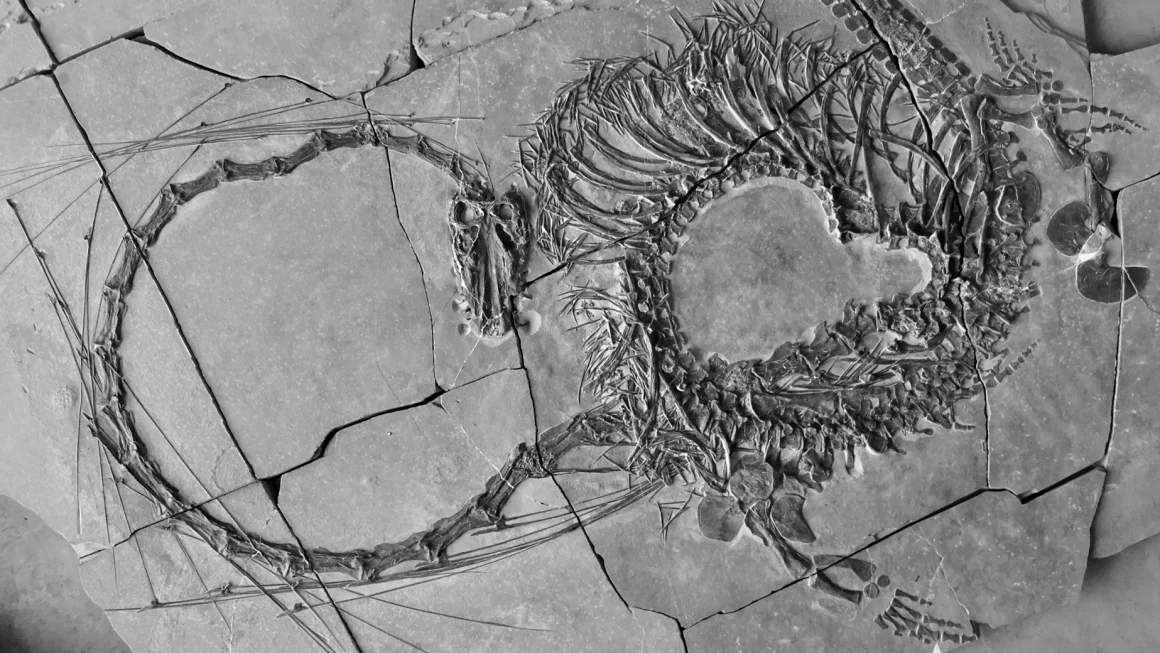On February 23, 2024, a paleontologist by the name of Doctor Li Chun, found a 240 million-year-old Chinese Dragon fossil. “In Chinese culture, this year is the year of the Dragon so it’s perfect timing,” said NRP. This year is the year of the wood dragon to be exact. The fossil of the Dinocephalosaurus Orientalis dates back 240 million years to the Triassic period, and was found in the Guizhou Province of southern China. “The reptile was first identified in 2003, this latest discovery is more complete — about 16 feet long — and allowed the scientists to depict the strange, prehistoric creature in full for the first time,” said NPR
There are so many different things left to be discovered in this world. “It is yet one more example of the weird and wonderful world of the Triassic that continues to baffle paleontologists,” said Nick Fraser, head of the National Museum of Scotland’s Department of Natural Sciences. Professor Li Chun from the Institute of Vertebrate Palaeontology and Palaeoanthropology said the find has been an international effort — the researchers behind the discovery are from Scotland, Germany, America, and China. The team studied the bizarre reptile at the Institute of Vertebrate Palaeontology and Palaeoanthropology in Beijing. Its flippered limbs and exquisitely preserved fish in its stomach indicate the reptile was adapted to the ocean, the researchers said. Stephan Spiekman, a postdoctoral researcher based at the Stuttgart State Museum of Natural History, added that the team hopes future research will help unveil more about the evolution of this group of animals, in particular how the extraordinarily long neck functioned.
“I’m still baffled by the function of the long neck,” Fraser said. “The only thing that I can come up with is that they were feeding in the waters that had rocks, and perhaps crevices, in them. And they were using their long necks to probe and move into some of these crevices and maybe get prey that way.” Fish are still preserved in the stomach region of one fossil, indicating that it was well-adapted to a marine environment, and its flippered limbs reinforce that hypothesis, researchers said in their paper.
They added that the Dinocephalosaurus’ long neck resembled another ancient, and equally baffling, marine reptile, Tanystropheus hydroides.
“Among all of the extraordinary finds we have made in the Triassic of Guizhou Province, Dinocephalosaurus probably stands out as the most remarkable,” said Li Chun, a professor from the Institute of Vertebrate Palaeontology and Palaeoanthropology. The largest discovered skull of a Dinocephalosaurus orientalis is about 9 inches and its largest preserved tooth is about an inch. While the new fossil includes a poorly preserved skull, vertebrae, ribs, and preserved limbs, the tail is missing. The vertebrae are “preserved in perfect articulation.” This discovery is very cool and if you ever visit southern china you should check out the fossil.








